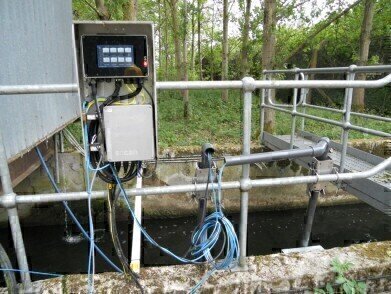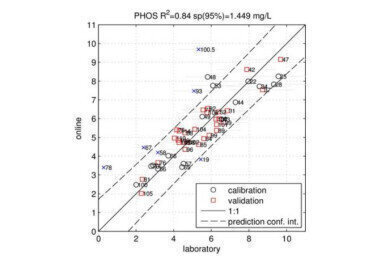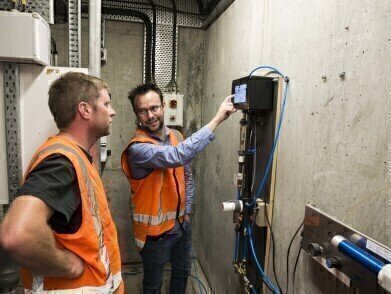Water/Wastewater
How to measure phosphorus without using colorimetry or any reagents at all
May 09 2018
Compass CPR, from PMA, is a feed forward coagulation control system for wastewater treatment works, but with a difference – Compass CPR characterises organic load AND outputs a phosphorus concentration that is subsequently used as part of the nutrient removal control philosophy - all achieved without the need for chemical reagents nor consumable parts, the system being based on an advanced optical measurement system.
Compass CPR utilises the full UV-Vis spectrum to characterise organic material and other components in wastewater that consume coagulant. Compass CPR is the most comprehensive control system available for ensuring wastewater treatment works can optimise dosing regimes and ensure compliance with both metal and phosphorus discharge consents is possible.
The premise is simple, if you don’t measure the coagulant demand of the incoming water, you’re always going to struggle to optimise dosing to ensure P removal AND comply with your metal consent limits.
Using the basis of co-occurrence, phosphorus can be calculated using statistical analysis combined with some initial spot sampling. If you understand the organics coming into the works and know the associated phosphorus levels, then you can correlate an output to a total phosphorus or orthophosphate concentration. A site that evaluated Compass CPR did just this, and Compass was able to output a phosphorus result with an R2 value of 0.84 which for control purposes has been demonstrated as sufficient.
Coagulant dosing based on incoming phosphorus loading is just one part of the Compass CPR algorithm. If for example the majority of your coagulant demand is from organics and suspended solids, then measuring this is a crucial part to optimising coagulant dosing - without it, you’ll often be over-dosing ‘just in case’ the organic loading is high.
Phosphate colorimetry has been a good approach to coagulant dosing in many sites in the UK that have moved away from flow paced dosing, but it has its issues such as fouling, chemical consumption, maintenance and total cost of ownership (TOTEX). Now there is now a better approach which is; lower operating cost, significantly more comprehensive and quicker to respond to raw wastewater changes.
Digital Edition
IET 34.2 March 2024
April 2024
Gas Detection - Biogas batch fermentation system for laboratory use with automatic gas analysis in real time Water/Wastewater - Upcycling sensors for sustainable nature management - Prist...
View all digital editions
Events
Apr 30 2024 Melbourne, Australia
Apr 30 2024 Birmingham, UK
May 03 2024 Seoul, South Korea
May 05 2024 Seville, Spain
May 06 2024 Minneapolis, MN, USA




















